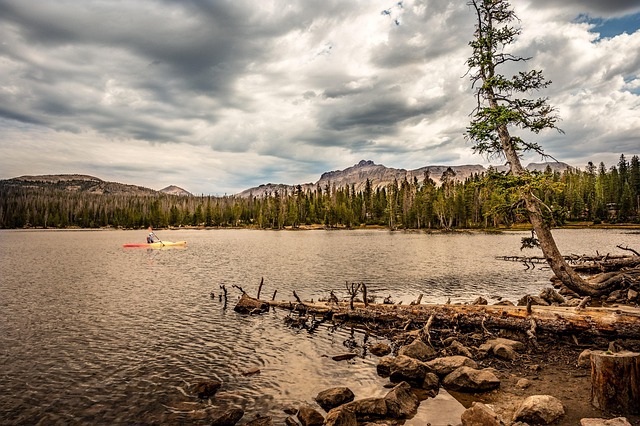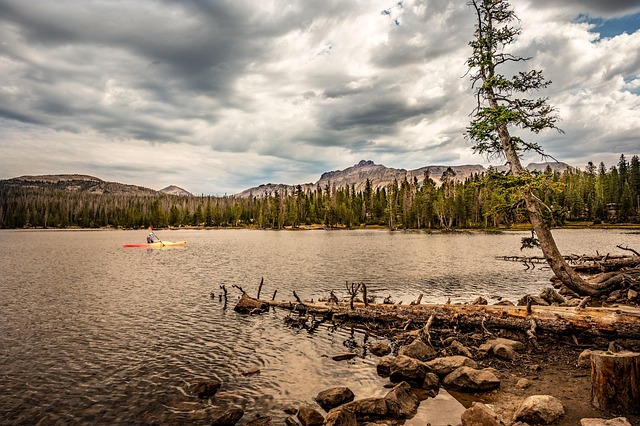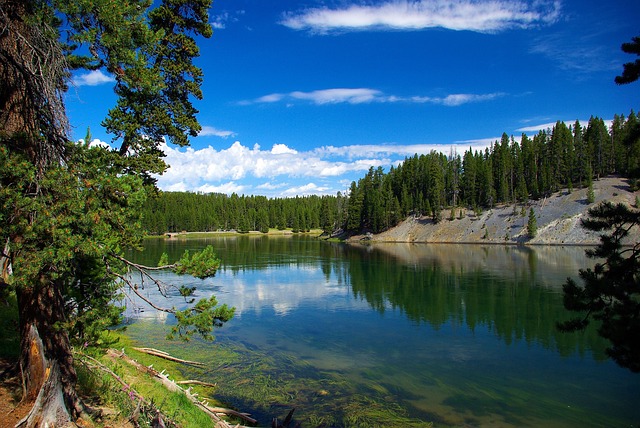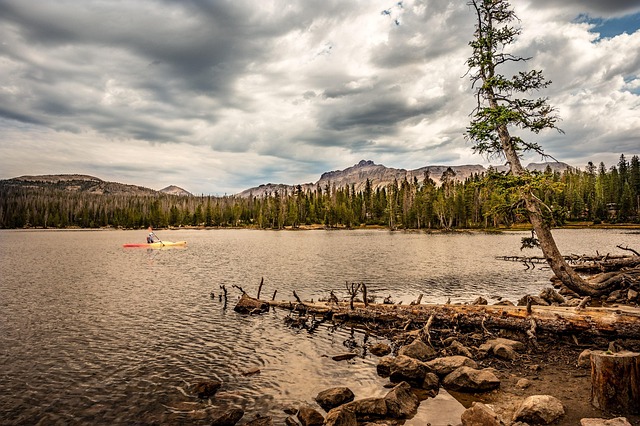The history of railroads and smelters profoundly shaped urban development globally. Railroads facilitated trade and migration, while smelters drove industrial growth, attracting businesses and residents to specific areas, leading to real estate booms. Today, former railroad properties and smelter sites offer unique opportunities for adaptive reuse in the real estate sector, preserving heritage and enhancing location appeal, reflecting the enduring intertwined relationship between these historical elements and modern urban landscapes.
In the heart of many historic towns, a hidden narrative unfolds—one woven into the very fabric of their existence. This tale begins with the arrival of railroads, which not only transformed transportation but also sparked economic booms. As we delve into the past, we uncover how these rail roots significantly influenced real estate development. Furthermore, the article explores the once-thriving smelters, industrial giants that left an indelible mark on towns and their landscapes, before delving into the symbiotic relationship between railroads and smelters—a dynamic that shaped urban spaces as we know them today.
Uncovering the Historical Significance of Railroad Roots in Real Estate Development
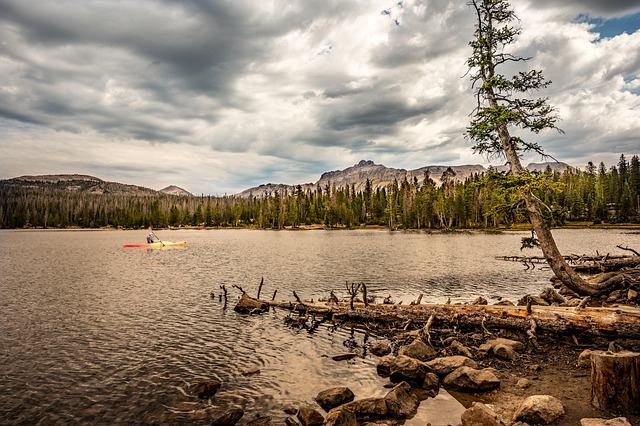
The history of railroads is intricately woven into the fabric of many cities and towns, leaving an indelible mark on their development. Uncovering these railroad roots can provide valuable insights for real estate professionals and enthusiasts alike. Railroad networks played a pivotal role in shaping urban landscapes, connecting distant regions and facilitating trade, migration, and economic growth. As a result, historic train stations often become cultural landmarks, signaling the beginning of bustling communities and vibrant economies.
In many cases, real estate developers have embraced these historical ties, incorporating them into modern-day projects. Adaptive reuse of former railroad properties, such as converting old train sheds into lofts or repurposing vintage stations as community hubs, has gained popularity. These efforts not only preserve the region’s heritage but also create unique, sought-after residential and commercial spaces, enhancing the appeal and character of a location in the real estate market.
The Rise and Fall of Smelters: A Key Industrial Component in Historic Towns
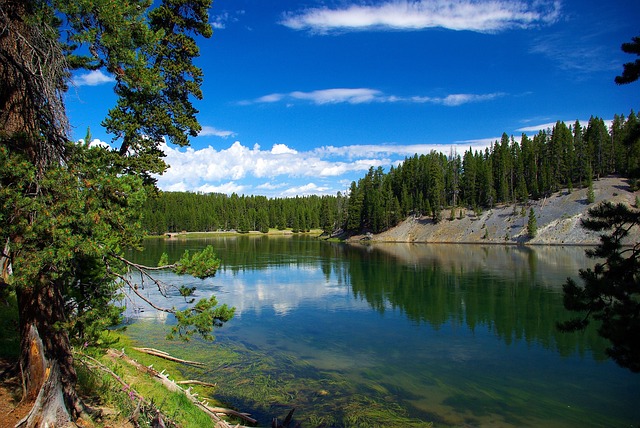
The rise and fall of smelters are a significant chapter in the history of many historic towns, playing a pivotal role in their development and economic prosperity. These industrial giants, once bustling with activity, transformed raw materials into valuable metals, powering local economies and attracting businesses and residents alike. Smelters became the backbone of communities, providing employment opportunities and contributing to the overall growth of the region’s real estate market. Their presence often led to urban expansion as towns thrived on the influx of resources and labor they brought.
However, with technological advancements and changing market dynamics, many smelters faced decline and eventual closure. The once vibrant industrial hubs became ghost towns, leaving behind a trail of remnants that now serve as a reminder of their former glory. Today, these historic sites offer a unique glimpse into the past, attracting tourists and local enthusiasts alike, while also presenting opportunities for creative re-purposing in the form of real estate development, blending old and new in an intriguing blend of heritage conservation and modern urban planning.
Exploring the Interconnection Between Railroads and Smelters: Shaping Urban Landscapes

The interconnection between railroads and smelters has been a defining factor in shaping urban landscapes throughout history. Railroads, as vital transportation networks, facilitated the movement of raw materials to smelters, enabling efficient processing and distribution of metals on an industrial scale. This symbiotic relationship led to the growth and development of cities, as smelters sprang up near rail hubs, attracting businesses and populations alike.
In many cases, the presence of a smelter became a driving force in a city’s real estate market. The demand for housing, commercial spaces, and infrastructure surged as industries boomed. This dynamic is evident in historical towns and cities that still bear the scars—or attractions—of their industrial past, where former smelter sites now stand as reminders of a time when railroads and smelters reigned supreme, shaping the physical and economic landscapes that surround them.
